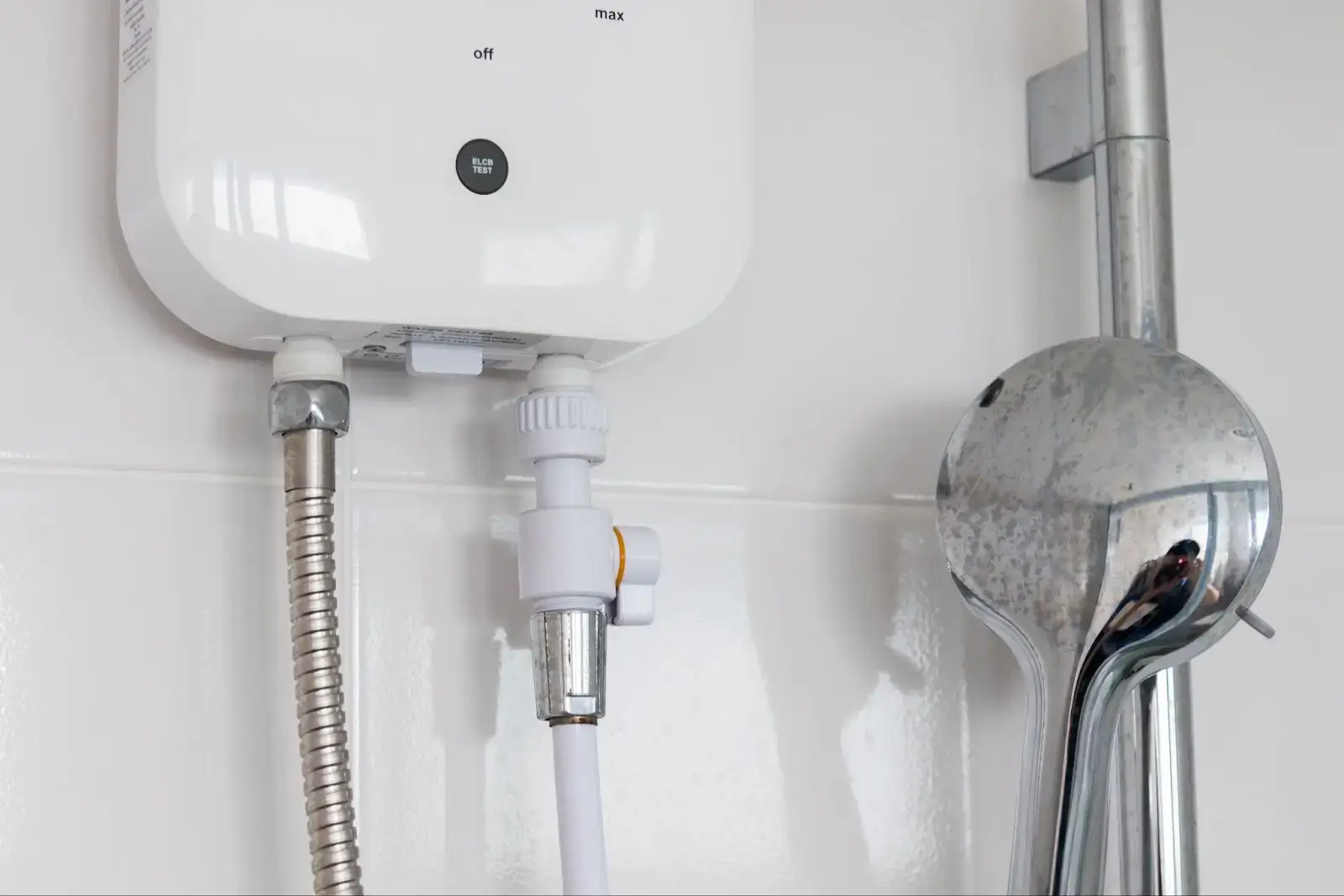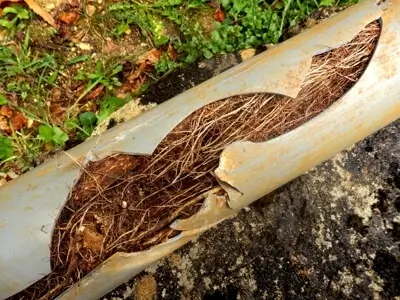When it comes to heating your home, a furnace is one of the most common heating solutions.
And when it comes to furnaces, the most popular options are single-stage furnaces and two-stage furnaces.
But what’s the difference between these two types? And which one is best for your heating needs?
Read on as we dive into the details below!
What is a Furnace?
Before you can understand the difference between a single-stage model and a two-stage model, you first need to understand what a furnace is!
A furnace is a kind of heating system that circulates hot air throughout your home.
There are three main types of furnaces in terms of fuel: a natural gas furnace, a propane furnace, and an electric furnace. The gas furnace is generally the most common, especially if you have an older model.
For the first two types of furnaces, there is a part called a heat exchanger that filters out byproducts like carbon dioxide. Byproducts like these are the downside to a gas furnace, which is why electric furnaces have become more popular recently.
What are Heating Stages?
If you’ve been doing research on furnaces, you may have heard of “stages”.
When it comes to furnaces, “stages” refer to how much heat a furnace produces.
Thus, single-stage furnaces only have one heat level, while two-stage furnaces have two heat levels.
What are the Different Kinds of Furnaces?
There are also three main types of furnaces in terms of function.
The first is a single-stage unit or a one-stage furnace. This type of furnace was the most common, and many older furnaces tend to be single-stage models.
The second is a two-stage furnace. This type of furnace has become more popular than one-stage furnaces over the past few years since its technology is more efficient.
The third is a modulating furnace. A modulating furnace allows you more control over your home’s temperature, making modulating furnaces a popular choice for peak energy efficiency.
This article will cover the specifics of the first two types, since these are more popular than modulating furnaces.
How Single-Stage Furnaces Work
Now that you know the basics about furnaces, it’s time to get to know the specifics about single-stage furnaces!
A single-stage furnace is the simplest kind of furnace since it has only two settings: on and off. Because of this, the furnace runs at full blast or not at all.
The parts of a single-stage furnace are similarly simple. They consist of a single-speed blower motor and a fixed gas valve, which are why the furnace runs only at full power.
Now that you know how single-stage furnaces work, it’s time to get into its features!
Low Initial Cost
In general, a single-stage furnace costs less money when it comes to purchasing it.
This is usually because its parts are less complex than those of a two-stage gas furnace.
Because of its low initial cost, a single-stage furnace is a great choice if you won’t use it much – for example, if you just need a heater for a vacation house.
And because its parts are much simpler, they’re easier to find and buy. This means that, if your furnace ever breaks down, it will also cost less money to buy spare parts and repair it.
Strong Heating Output
Because of how a single-stage furnace only has one heat level, it’s best for cold areas where you need a high heat output.
This can be a con if you live in an area that tends to have mild weather. This kind of climate would require a lower setting, so that you can conserve energy.
However, if you don’t plan on using the furnace frequently, there shouldn’t be much of a difference between a single-stage furnace and a two-stage gas furnace in terms of energy consumption.
Uneven Heating
One of the main cons of a single-stage furnace is temperature swings.
This is because it heats your house by regularly producing large amounts of warm air then shutting off.
The sudden bursts of heat help get your house to the desired temperature set in the furnace settings, but the temperature fluctuations can create hot and cold spots in your house.
However, these temperature fluctuations may not be a big problem if your space is small, since it’ll be easier to get to a comfortable temperature.
Less Energy Efficient
The main downside to a single-stage furnace is the fact that it’s less energy-efficient.
This is a problem with gas and propane furnaces in particular since burning fuel is less efficient than using electricity in the first place.
As you know, an appliance that isn’t energy-efficient will cost more to run, which in turn racks up your fuel or electricity bills.
So, if you’re planning to use your furnace regularly, a single-stage furnace may not be your best choice.
How Two-Stage Furnaces Work
Next up, we’ve got two-stage furnaces, otherwise known as variable speed furnaces!
As its name suggests, a two-stage furnace runs at two different heat levels. This means you can set it to a mild or a high heat level rather than just turning it on and off.
Two-stage furnaces can do this because they have a variable speed blower motor and a two-stage gas valve.
The variable speed blower motor lets you change the speed of the furnace, which determines how quickly your house is heated.
The two-stage gas valve lets you partially open the gas valve. This allows you to let only some of the heat out, so you can have two levels of heating.
Lower Energy Bills
The main advantage of getting a two-stage furnace is that it’s a high-efficiency furnace, meaning it requires less fuel than a single-stage furnace to get to the same temperature.
Because it requires less fuel, a two-stage furnace can result in energy savings. And with how you choose to use a lower heat level, you can gain further energy savings by using just enough heat to balance the outside climate.
This results in lower energy bills, which is great for your wallet!
Stable Temperatures
Another big advantage of a two-stage furnace is that it can reduce temperature fluctuations.
This is because it produces a steady flow of heat, easily maintaining your desired indoor temperature within one to two degrees.
Increased Indoor Air Quality
An unexpected but welcome benefit of a two-stage furnace is that it increases air quality.
As you may already know, furnaces often have an air filter built into their system. The furnace filter traps any particles in the air, which is especially helpful for gas furnaces that may have solid byproducts.
This filter achieves its maximum potential in a two-stage furnace, which circulates air through the filter even more since it runs for longer periods. Since the air goes through the filter more frequently, the resulting air quality is better.
Another effect of this is that the filter will prevent less cool air from being blown out of the furnace, which helps maintain the temperature of your house.
Backup Heat Exchanger
Safety is a big factor when it comes to choosing appliances, and a two-stage furnace doesn’t disappoint.
While a single-stage furnace has one heat exchanger, a two-stage furnace has two heat exchangers!
This means that if the first one fails, the second one will be able to pick up the slack.
This is important because byproducts of gas furnaces can be quite toxic, so you definitely don’t want to breathe them in!
Less Noise
Finally, a two-stage furnace creates less noise than its single-stage counterpart.
This is because of how it produces hot air at a continuous pace. This allows the furnace to blow air at a lower speed, which makes the blower fan quieter.
Single-Stage Vs. Two-Stage Furnace
Now that you know the specifics of both furnaces let’s look at how they compare!
The main difference between a single-stage and a two-stage furnace is how adaptable they are.
A single-stage furnace is best for cold climates that need consistent heating throughout the year.
A two-stage furnace is best for mild climates that need different heat levels for different times of the year.
In general, choosing the right furnace will depend on your climate, budget, and the size and layout of your home.
If you’re still unsure which type of heating equipment is best for you, a good way to decide is to calculate the number of British Thermal Units (BTUs) your furnace needs to produce.
For this, you will need to know the climate of your area as well as the square footage of your home.
You can then use this number to narrow down the list of furnaces available in your area.
Generally, a single-stage furnace is good for a small home with few rooms.
A two-stage furnace, meanwhile, is good for a large home with several floors.
And if you just want to heat one room, the best option might actually be a heat pump, since heat pumps are the most efficient for small, contained areas.
Book an Appointment with Sunset Heating & Cooling Electrical Today!
Here at Sunset Heating & Cooling Electrical, we have technicians with the skill, knowledge, and experience to install, replace, and repair your furnaces in a jiffy!
So what are you waiting for? Book an appointment with us on our website!
Services
- Furnace repair
- Furnace replacement
- Furnace installation
- Heater repair
- Heater installation
- Heater replacement
- Heat pump repair
- Thermostat servicing
- Air conditioning repair & maintenance
- Air conditioner installation & replacement
Contact Us
(503) 500-5866
Service Areas
We serve Portland, Oregon, as well as surrounding areas.
Address
607 S Idaho St #100, Portland, OR 97239
Business Hours
Monday to Friday: 8 AM to 7 PM
Saturday and Sunday: 8 AM to 5 PM







